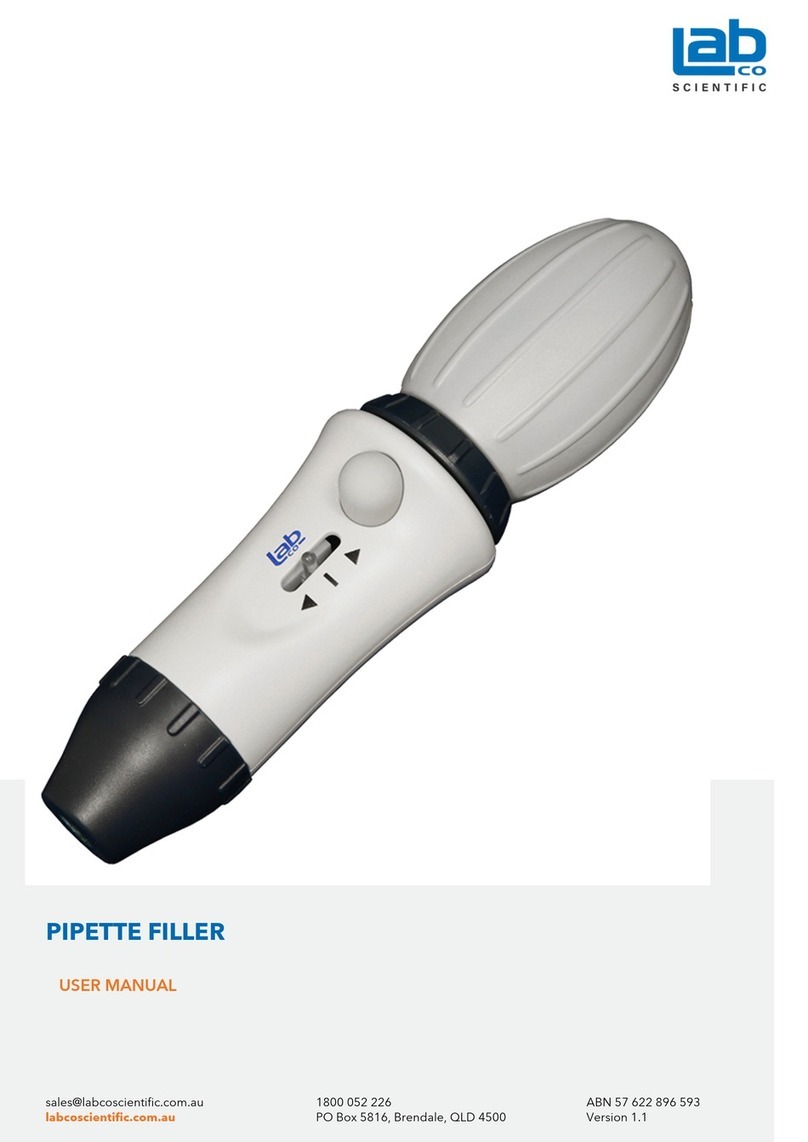
3. REQUIRED OPERATIONAL CONDITION
Basic Operational Conditions
1. Power: 110V-240V, 50Hz/60Hz, 3A.
2. Ambient temperature: 2℃-40℃.
3. Relative humidity: ≤80%.
4. No vibration and airflow around.
5. No electric dust, explosive and corrosive gases around.
Transport and Storage Condition
1. Storage temperature: -40℃-55℃.
2. Relative humidity: ≤93%.
4. INSTALLATION
This section describes the instructions that you should abide by when installing the centrifuge to ensure your safety and the
optimum performance. Before moving the centrifuge, the rotor must be removed.
Location
1. Locate this centrifuge on a firm, flat and level table; ensure the four feet of this centrifuge stand on the table firmly.
Avoid installing on a slippery table-board that conveys vibration.
2. Ideal ambient temperature is 20℃±5℃, avoid placing the centrifuge in direct sunlight if temperature exceeds
30℃.
3. Keep clearances of at least 10cm on both sides of centrifuge and at least 30cm behind it to ensure its cooling
efficiency.
4. No heat or water resource nearby, otherwise easily cause sample temperature increase or centrifuge failures.
WARNING:
• Incorrect power supply may damage centrifuge.
• Make sure the power source conforms to the required power supply before connecting.





























